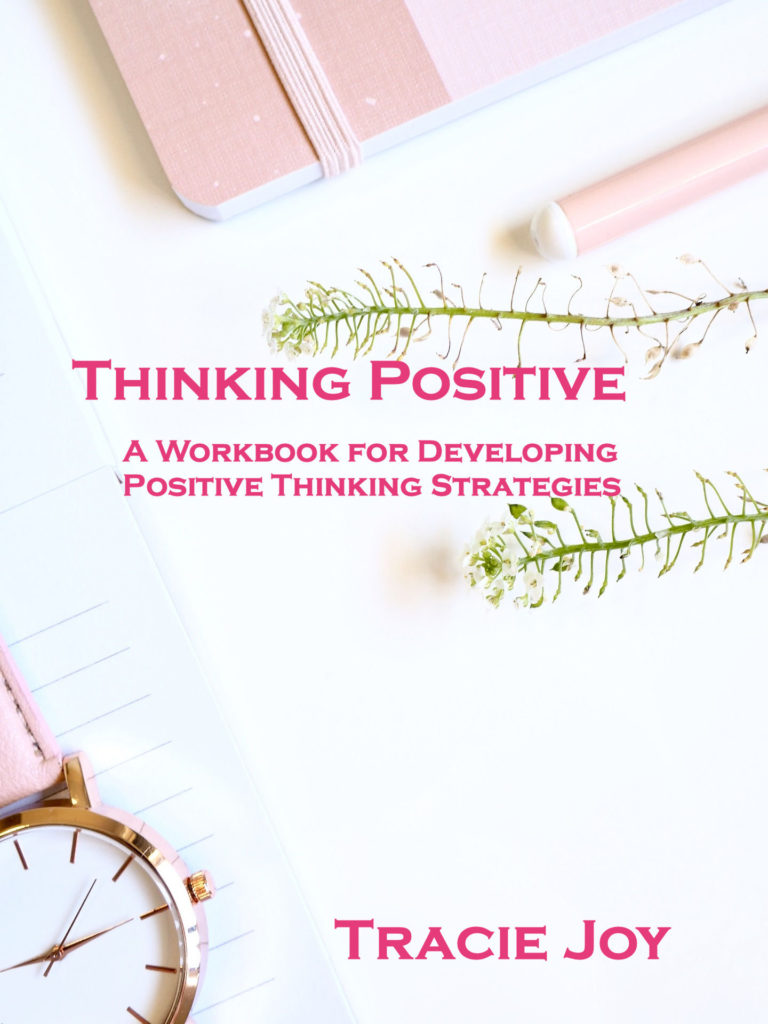5 Powerful Ways to Edit Your Writing Without Losing Your Voice
Focus Keyword: edit your writing without losing your voice
As writers, we all know editing is where the magic happens. It’s the stage where a messy first draft transforms into  something polished and powerful. But here’s the challenge—how do you edit your writing without losing your voice? Your voice is what makes your writing unique, personal, and engaging. Over-editing can strip away that spark and leave your work sounding generic.
something polished and powerful. But here’s the challenge—how do you edit your writing without losing your voice? Your voice is what makes your writing unique, personal, and engaging. Over-editing can strip away that spark and leave your work sounding generic.
The good news? With the right strategies, you can refine your work without sacrificing your personality on the page. Here are five powerful ways to edit while preserving what makes your writing yours.
1. Start with a Voice Check
Before you even begin cutting or rearranging sentences, take a moment to read your work aloud. Reading aloud forces you to hear the rhythm and tone of your words, making it easier to spot when your voice starts to fade.
Ask yourself:
- Does this sound like me?
- Is the tone consistent with my usual style?
- Would my readers recognize this as my work even without my name attached?
Pro Tip: Record yourself reading a section, then play it back later. You’ll catch awkward phrasing, overly formal sentences, or moments where the energy dips.
If you need guidance on finding and refining your writing voice, you might enjoy this Think Positive 30 post on creating powerful descriptions that connects emotion and style seamlessly.
2. Focus on Clarity, Not Conformity
When editing, the goal is clarity—not making your writing sound like everyone else’s. One of the fastest ways to lose your voice is to over-correct for grammar or style rules that don’t fit your natural flow.
Yes, grammar matters. But remember, conversational fragments, rhetorical questions, and even unconventional word  choices can make your writing more engaging. The trick is to ensure they’re intentional, not accidental.
choices can make your writing more engaging. The trick is to ensure they’re intentional, not accidental.
Example:
Instead of: The character was sad because of her loss.
Try: Grief clung to her like a second skin.
The first sentence is clear but flat. The second preserves clarity while still showcasing style.
For more guidance on balancing structure with personality, check out this resource from Grammarly on editing tips.
3. Edit in Layers
A common mistake is trying to fix everything in one pass. That’s when writers often bulldoze their own voice. Instead, edit in layers—one pass for grammar, one for structure, one for pacing, and one for voice preservation.
 Here’s a simple editing sequence:
Here’s a simple editing sequence:
- First pass: Fix typos and basic grammar errors.
- Second pass: Review structure—paragraph flow, transitions, and organization.
- Third pass: Focus on rhythm and sentence variety.
- Final pass: Voice check—read aloud and adjust anything that doesn’t sound authentically you.
Layered editing lets you polish each element without flattening your style.
4. Keep a “Voice Bank”
Before diving into edits, create a voice bank—a document where you store phrases, sentence structures, and word choices that feel most like you.
This bank can include:
- Favorite metaphors you’ve used
- Common rhythms or sentence lengths
- Words or expressions you naturally gravitate toward
When you’re deep in editing and worried you’ve lost your voice, dip back into this document. It’s like having a style compass that keeps you on course.
I’ve used this technique while working on both blog posts and fiction manuscripts—it’s a lifesaver. If you’re curious about applying it in storytelling, read my article on mastering point of view to see how voice consistency shapes reader connection.
5. Ask for “Voice-Sensitive” Feedback
Not all feedback is created equal. When you ask someone to review your work, make sure they know that preserving your voice is a top priority.
Give them guidelines like:
- Highlight sections where my voice shines.
- Point out where the tone feels inconsistent.
- Flag anything that sounds too generic or unlike me.
You might be surprised—sometimes we think we’ve lost our voice, but readers can still hear it loud and clear.
If you’re part of a writing group, set up a “voice preservation” round of feedback before doing your final edit. This step can prevent unintentional over-polishing.
Why Preserving Your Voice Matters
Your voice isn’t just a stylistic choice—it’s your brand as a writer. It’s what makes readers come back, share your work,  and remember your words. Editing should amplify your voice, not erase it.
and remember your words. Editing should amplify your voice, not erase it.
By combining technical improvements with intentional voice checks, you’ll not only edit your writing without losing your voice but also make it stronger, clearer, and more authentically you.
Quick Voice-Preserving Editing Checklist
- ✅ Read aloud before and after editing
- ✅ Focus on clarity over rigid conformity
- ✅ Edit in intentional layers
- ✅ Keep a personal voice bank
- ✅ Seek voice-sensitive feedback
Final Thoughts
Editing is a balancing act between refinement and authenticity. With these five strategies, you can polish your work until it shines—without sanding away the unique edges that make your writing yours.
Your readers want your perspective, your tone, and your spark. Don’t let them down by letting over-editing turn your vibrant storytelling into something lifeless.
And if you’re looking for more tips on improving your craft while staying true to your style, browse my writing blog archives for resources on everything from building tension to writing realistic dialogue.



